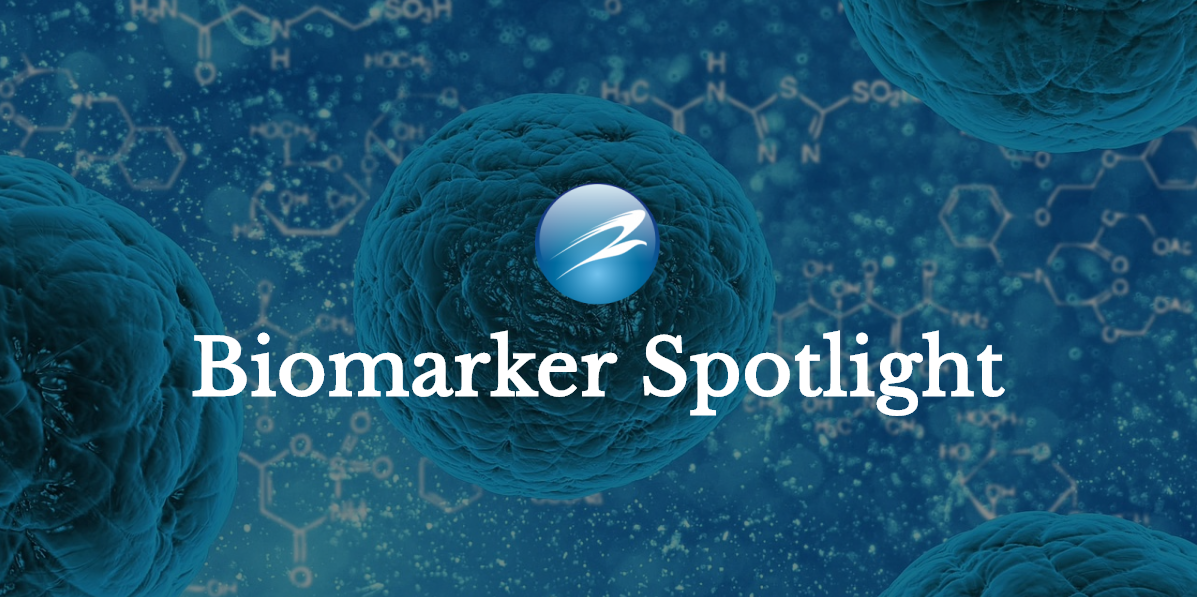
Lipid peroxidation is a well-established mechanism of cellular injury in both plants and animals and is used as an indicator of oxidative stress in cells and tissues. Lipid peroxides are unstable and decompose to form a complex series of compounds including reactive carbonyl compounds. Polyunsaturated fatty acid peroxides generate malondialdehyde (MDA) and 4-hydroxyalkenals (HAE) upon decomposition. The measurement of MDA and HAE has been used as an indicator of lipid peroxidation (1).
A study was published in the journal Life Sciences, on the role vanillin plays as either prophylaxis or treatment in liver regeneration augmentation. Check out the full text here.
Abstract
Aims
This study has been designed to investigate the role of vanillin either as prophylaxis or treatment in liver regeneration augmentation and liver fibrosis regression in thioacetamide (TAA) induced liver damage.
Materials and Methods
Animals were injected with TAA to induce liver injury (200 mg/kg twice weekly) for 8 weeks. In vanillin prophylaxis group; rats were administered vanillin (100 mg/Kg; IP, daily) from day 1 of TAA injection for 8 weeks. In vanillin treatment group; rats were confronted with the same dose of TAA injection for 8 weeks then treated with vanillin (100 mg/Kg, IP, daily) for 4 weeks. ALT, AST activities, serum albumin, hepatic GSH, MDA, HGF, VEGF, IL-6 and TNF-α levels were measured and also, MMP-2, TIMP-1 and cyclin D gene expression were determined. Liver sections were stained with H&E and Sirius red and immunostained for Ki-67 and α-SMA for histological and immunohistological changes analysis.
Key Findings
Vanillin improved liver function and histology. Also, showed a remarkable increase in hepatic HGF and VEGF level, and up-regulation of cyclin D1 expression accompanied by a significant up-regulation of MMP-2 and down- regulation of TIMP-1. All these effects were accompanied by TNF-α, IL-6 and oxidative stress significant attenuation.
Significance
In conclusion, vanillin enhanced liver regeneration in TAA-induced liver damage model; targeting growth factors (HGF, VEGF) and cellular proliferation marker cyclin D1. As well as stimulating fibrosis regression by inhibition of ECM accumulation and enhancing its degradation.
About the Lipid Peroxidase Assay
Sample Type: Biological Fluids
Sample Size: 140 µl
Incubation Time: 3 hours
If you have any questions on the Lipid Peroxidase Assay or our other offerings, please contact us here.
